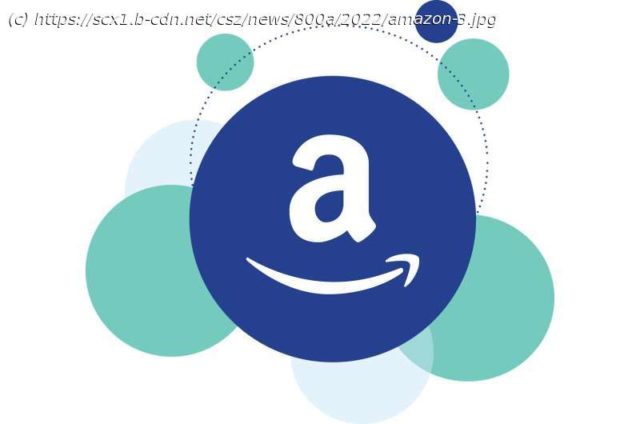On Prime Day, Amazon shoppers will be able to browse over 600 million products. They may not be aware that most of those listings are from non-Amazon sellers, who account for 60% of sales on the platform. Most are small- and medium-sized businesses: bookstores selling used hardbacks, toymakers selling original goods, and distributors unloading clothes.
On Prime Day, Amazon shoppers will be able to browse over 600 million products. They may not be aware that most of those listings are from non-Amazon sellers, who account for 60% of sales on the platform. Most are small- and medium-sized businesses: bookstores selling used hardbacks, toymakers selling original goods, and distributors unloading clothes.
What shoppers also don’t see is the choice that the platform and the seller make about how to interact. Is it better for the seller to retain control over the price of their product, but share a fraction of revenue with Amazon? Or should they sell to Amazon and let it resell their products to consumers?
Research from Texas McCombs may help them determine when it pays to sell to Amazon—and when it does not. Stephen Gilbert, professor of information, operations, and risk management and the Eddy Clark Scurlock Centennial Chair in Business, creates mathematical models of the interactions between companies and consumers.
With Parshuram Hotkar of the Indian School of Business and Chuanjun Liu at Fudan University in Shanghai, Gilbert modeled the two types of channels that e-commerce platforms such as Amazon offer sellers.
The agency channel is the most common one and the most independent. The seller lists its goods on the platform but keeps control of inventory, pricing, and possibly fulfillment.
Домой
United States
USA — IT Study: For small sellers, sometimes it pays to sell to Amazon—and sometimes...






